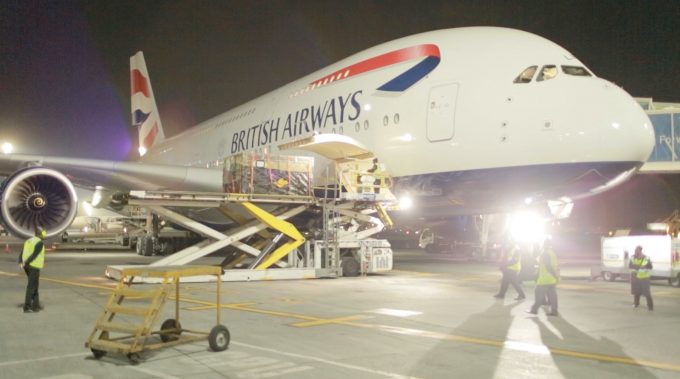Sustainability, digitalisation and a record-breaking IATA event
The air cargo industry has come a long way – even if it has moved ...

IAG Cargo has announced that it will charge customers still using paper air waybills (AWBs) – but the news has left some confused, the move coming five years later than that of other carriers.
One forwarder even said IAG already issued charges for customers using paper AWBs.
Nonetheless, from 3 April, IAG Cargo says, it will introduce a fee of £10 ($12) per paper AWB, as part of its “Destination Digital” strategy, an effort to encourage adoption of electronic AWBs (eAWBs), with a ...
Volcanic disruption at Anchorage could hit transpacific airfreight operations
Macron calls for ‘suspension’ – CMA CGM's $20bn US investment in doubt
Forwarders stay cool as US 'liberation day' tariffs threaten 'global trade war'
Shippers snap up airfreight capacity to US ahead of tariff deadline
De minimis exemption on shipments from China to the US will end in May
Tighter EU import requirements proving 'a challenge' for forwarders
Looming Trump tariffs will create 'a bureaucratic monster' for Customs

Comment on this article